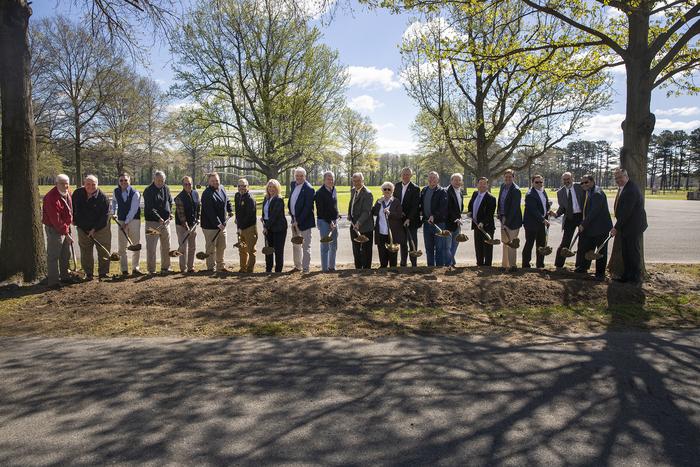Efficient photothermal CO2 methanation over NiFe alloy nanoparticles
This study is led by Prof. Kang Cheng (College of Chemistry and Chemical Engineering, Xiamen University) and Prof. Ye Wang (College of Chemistry and Chemical Engineering, Xiamen University). The catalysts were evaluated by a high-pressure fixed-bed reactor quartz reactor with a square cavity in the middle to introduce light. Credit: ©Science China Press This study […]

This study is led by Prof. Kang Cheng (College of Chemistry and Chemical Engineering, Xiamen University) and Prof. Ye Wang (College of Chemistry and Chemical Engineering, Xiamen University). The catalysts were evaluated by a high-pressure fixed-bed reactor quartz reactor with a square cavity in the middle to introduce light.

Credit: ©Science China Press
This study is led by Prof. Kang Cheng (College of Chemistry and Chemical Engineering, Xiamen University) and Prof. Ye Wang (College of Chemistry and Chemical Engineering, Xiamen University). The catalysts were evaluated by a high-pressure fixed-bed reactor quartz reactor with a square cavity in the middle to introduce light.
The massive emissions of CO2 from the utilization of fossil fuels have caused a series of environmental issues and climate change. Driven by the fast development of green hydrogen and CO2 capture technologies, the hydrogenation of CO2 to hydrocarbon fuels and chemicals is becoming a promising process for the reduction of carbon footprint and the storage of renewable energy. Photothermal catalysis enables efficient CO2 conversion under mild conditions.
A series of NiFe alloy photothermal catalysts were synthesized by urea urea-assisted precipitation method for CO2 methanation, in which the bimetallic NiFe nanoparticles with Al2O3 as the structural promoter and Ni/Fe atomic ratio of 7 had the best catalytic performance. The CO2 conversion rate can reach 98%, the CH4 selectivity is 99% without external heating. The catalyst can operate stably for more than 100 hours. Compared with other catalysts, it was found that the small alloy particle size (~21 nm) and the unique layered structure of the NiFeAl catalyst could enhance the LSPR effect of NiFe alloy. Compared with Ni or Fe, NiFe alloys can promote CO2 methanation synergically. The temperature on the surface of the catalyst was detected to be as high as 356 °C under light irradiation observed by an infrared camera, indicating that the catalyst was able to efficiently convert light energy into heat energy.
This paper not only prepared an efficient catalyst for CO2 methanation but also provided the idea for the structural design of a photothermal catalyst.
See the article:
Efficient photothermal CO2 methanation over NiFe alloy nanoparticles with enhanced localized surface plasmon resonance effect
https://doi/10.1007/s11426-023-1876-4
Journal
Science China Chemistry
DOI
10.1007/s11426-023-1876-4
What's Your Reaction?

































